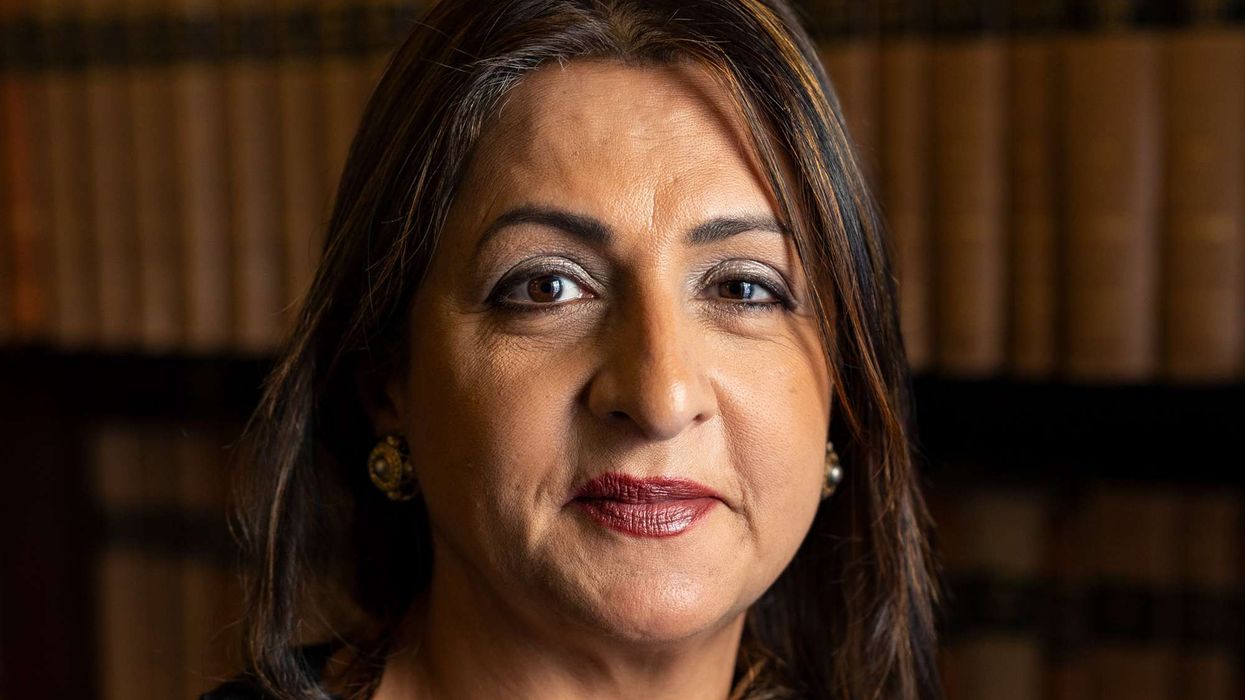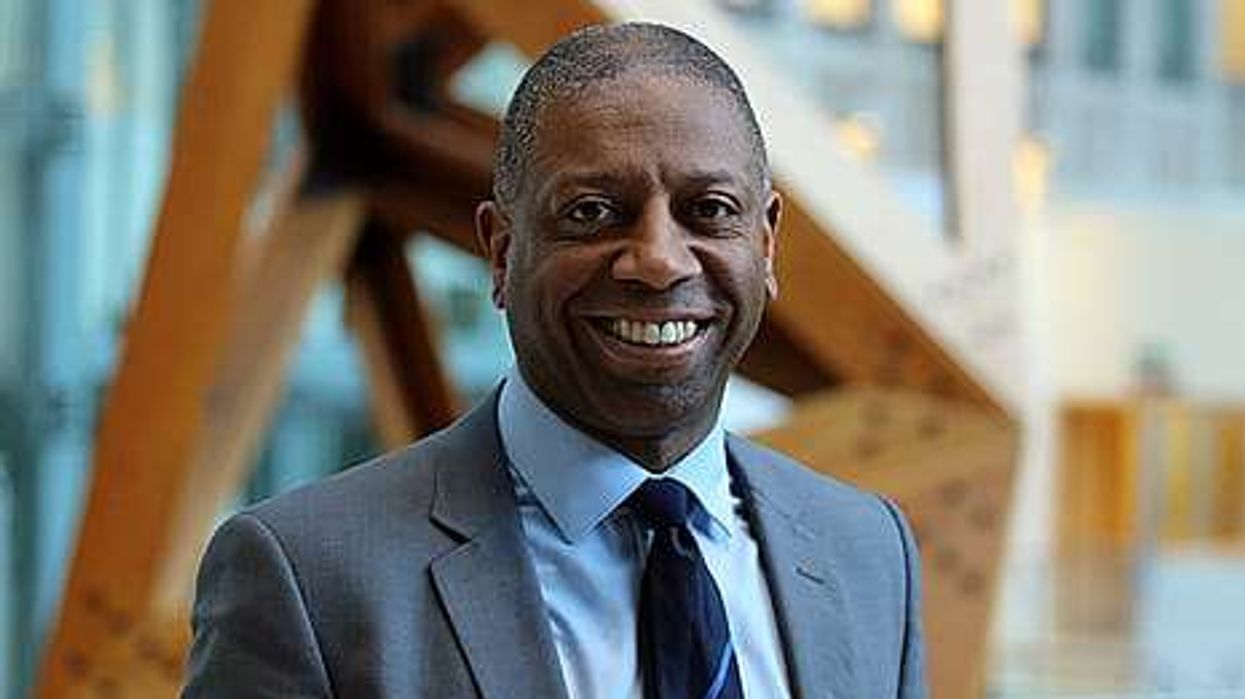Ajay Devgn, Saif Ali Khan, and Kajol starrer Tanhaji: The Unsung Warrior is undoubtedly one of the most awaited films of 2020. The trailer of the film was released a few days ago, and it has received a great response. While we have heard about Tanaji Malusare, we are sure many of you don’t have more details about him. So, let us tell you about the great warrior.
Tanaji was born in the 1600s in Godavli, Javali Taluka (Satara, Maharashtra, India). He was a commander of Maratha ruler Shivaji Maharaj. He was so loyal to Shivaji Maharaj that when in 1670 he was summoned by Chatrapati for a meeting, Tanaji decided to put the wedding plan of his son Rayaba on hold and went to meet him.
Mughals had captured the Kondhana fort near Pune which was controlled by Udaybhan Rathod (played by Saif Ali Khan in the film) and Shivaji Maharaj wanted to recapture the fort. Tanaji took up the charge to get the fort back. With an army of 800 people, Tanaji marched on to conquer Kondana fort.
He decided that along with a troop of 300 he would scale the fort from the western side on a dark night with the help of a domesticated Bengal monitor lizard (called ghorpad in Marathi) named Yashwanti. Well, they failed twice but then finally they successfully scaled the steep hill fortress.
After opening the Kalyan Darwaza, Tanaji, his men and another troop of 500 men headed by Suryaji (his younger brother) attacked the army holding down the fort. A fierce battle took place between them. During the battle, Tanaji broke his shield but he continued fighting.
Tanaji Malusare lost his life in the battle and Shelar Mama killed Udaybhan. The battle was won by Marathas and they took over the Kondana fort. The fort is now known as Sinhagad. When Shivaji Maharaj came to know about the courage and the death of his close friend and commander Tanaji, he said, ‘gad alaa pan sinha gelaa’ which translates to ‘the fort is captured but the lion (Tanaji Malusare) has died.’
Kondana fort was renamed as Sinhagad by Shivaji Maharaj in the name of his former commander and as a testimony of his sacrifice; his statue stands tall at the fort.
It will surely be interesting to watch this story on the big screen on 10th January 2020.











